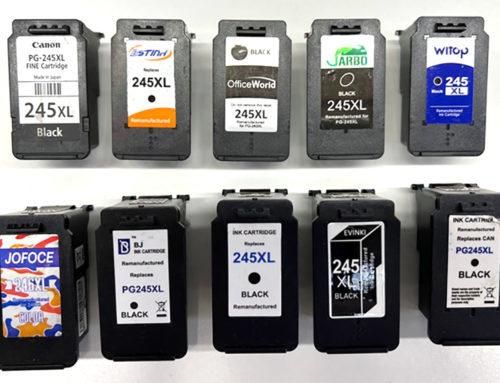Amazon, the e-commerce giant, is spearheading a new era in online retail by unveiling generative AI capabilities that empower sellers to craft superior product descriptions, titles, and listing details. These advanced tools leverage large language models (LLMs) trained on extensive datasets to generate more comprehensive and engaging product descriptions.
With these AI content generating tools, sellers can initiate the process of generating AI-driven product descriptions with just a concise product overview. Furthermore, they have the option to fine-tune the generated content or seamlessly submit it to Amazon’s product catalog.
In a blog post published on Wednesday, September 13th, Amazon articulated its vision for these AI innovations: “These new capabilities will expedite and simplify the process for sellers to list new products and enhance existing listings, empowering customers to make purchase decisions with confidence.”
Although Amazon has not explicitly disclosed the precise data sources used to train these LLMs, there are indications that their own extensive listing data played a pivotal role in developing the model.
Robert Tekiela, Vice President of Amazon Selection and Catalog Systems, emphasized the significance of this development: “With our new generative AI models, we can infer, improve, and enrich product knowledge at an unprecedented scale and with dramatic improvements in quality, performance, and efficiency. Our models learn to infer product information through diverse sources of information, latent knowledge, and logical reasoning. For example, they can infer that a table is round if specifications list a diameter or deduce the collar style of a shirt from its image.”

Amazon’s venture into generative AI aligns with its broader commitment to leverage artificial intelligence to enhance the overall selling experience on its platform. In the previous month, Amazon introduced Sahay, an AI chatbot designed to assist small and medium-sized enterprises (SMEs) in their growth and scaling efforts. Sahay enables prospective businesses to seek guidance and support for setting up shop on Amazon.
However, Amazon acknowledges that while generative AI holds immense transformative potential, outsiders see how it also raises complex challenges, particularly in the context of Section 230.
The integration of auto-generated product descriptions by Amazon introduces potential legal implications related to Section 230, which has long provided online platforms with immunity from liability for content generated by third-party users. With Amazon providing auto-generated product descriptions, irrespective of whether they are AI-generated or not, the responsibility for potentially misleading or bogus descriptions may now fall on Amazon itself. This shift has the potential to erode the protections afforded by Section 230.
While Amazon has historically claimed it takes proactive steps to combat counterfeit products on its platform, including the removal of non-compliant sellers and fake listings, the introduction of generative AI-powered descriptions adds a layer of complexity to content liability. Reconsidering the attribution of responsibility for listing content when false claims or product misrepresentations arise is essential. Amazon’s AI tool, which they have trained, is a crucial factor to consider. Does this AI tool generate descriptions by drawing upon previously successful ones? It raises the question of whether Amazon can genuinely disclaim liability for third-party content, given that its AI tool assimilates information from all sources on its platform, including content Amazon itself has generated for its product listings.
Amazon’s move into generative AI, while transformative, may necessitate a reevaluation of its legal responsibilities and obligations in light of evolving content generation technologies.






